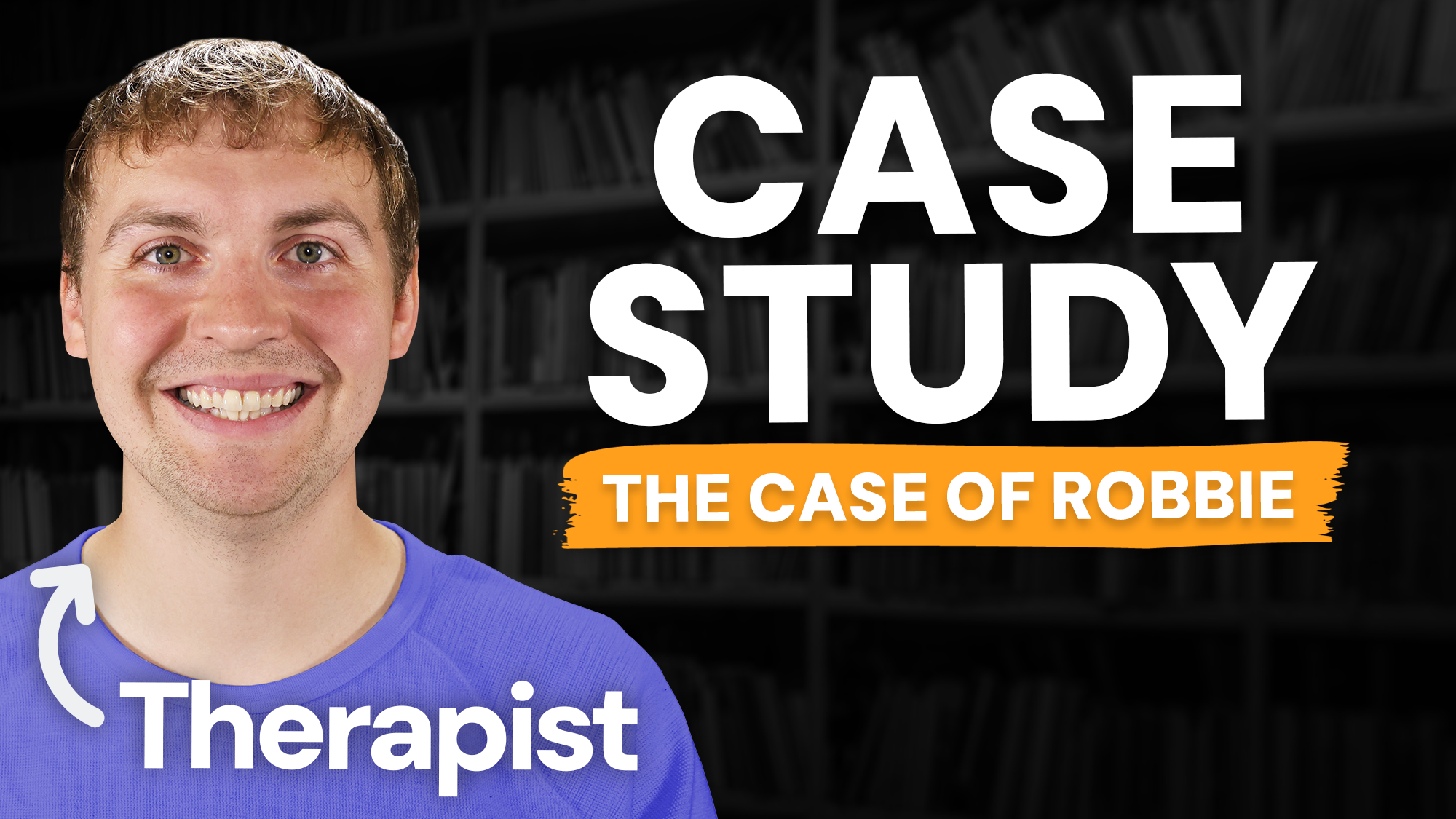
In the category of Social & Cultural Development on the National Counselor Examination (NCE), the Counselor Preparation Comprehensive Examination (CPCE), or another counseling exam, you might come across questions related to identity development.
This video reviews the terms race, ethnicity, and culture. It also covers the five stages of the Racial/Cultural Identity Development Model from Atkinson, Morten, and Sue.
What is race? We often hear the term race, which might imply that it’s easy to define. But, that would be false. Race is largely a social construct, and something that is based mainly on the physical characteristics of a group of people, such as their skin color. Let’s look to the American Psychological Association (APA) for their definition of race. They say that race is “the social construction and categorization of people based on perceived shared physical traits that result in the maintenance of a sociopolitical hierarchy”.
Because race is largely based on physical characteristics, many might think that race has a genetic component to it, but that is not accurate. In fact, there is not a reliable way to genetically identify race. Additionally, different races are more genetically similar than they are different.
What is ethnicity? It can be confusing at times that race and ethnicity are used interchangeably. While there is some overlap, race and ethnicity are different. Ethnicity refers more to the social identity of a person. It encompasses the sense of belonging that people can feel, which might be tied to their origins or their expectations of behavior, as examples. Where race is based on physical characteristics, ethnicity is tied to their culture—the values and beliefs they and the groups they belong to have.
The APA’s definition of ethnicity is “a characterization of people based on having a shared culture (e.g., language, food, music, dress, values, and beliefs) related to common ancestry and shared history”. Additionally, the Substance Abuse and Mental Health Services Administration (SAMHSA) says, “in some cases, ethnicity also refers to identification with a clan or group whose identity can be based on race as well as culture. Some Latinos, for example, self-identify in terms of both their ethnicity (e.g., their Cuban heritage) and their race (e.g., whether they are dark or light skinned).” (Substance Abuse and Mental Health Services Administration, 2014, p. 15)
What is culture? Everyone identifies or is affiliated with a group or groups, and these influence their cultural identity. Common cultural influences are our socioeconomic status, where we live, our gender identity and sexual orientation, the level of education we’ve received, our job or employment status, plus political and religious affiliations. However, this is not a complete list. Throughout life, our interactions with various cultural influences end up resulting in changes to our cultural identity. Therefore, our cultural identity changes throughout life. The APA’s definition of culture is “the characteristic attitudes and behaviors of a particular group within society, such as a profession, social class, or age group”.
There are various models of identity development, but we’re focusing specifically on the five-stage model from Atkinson, Morten, and Sue. This model was originally called the Minority Identity Model, but is now called the Racial/Cultural Identity Development Model.
Stage 1 – Conformity: At this stage, one is preferring the dominant culture, and is holding a positive attitude toward that culture. They may devalue their own racial or ethnic groups, and hold negative views toward them. Likely, they will prefer a counselor from the dominant culture at this stage.
Stage 2 – Dissonance and Appreciating: At this stage, there is more questioning a person is doing and confusion they are experiencing. They are beginning to move away from seeing the dominant culture as all good, and are beginning to question their identity. They are also starting to recognize conflicting messages between their own cultural group and the dominant culture. They are starting to notice racism as well. At stage two, they are likely to prefer a counselor from a minority group.
Stage 3 – Resistance and Immersion: In the third stage, they are accepting their own culture more and rejecting the dominant culture. In accepting their own culture more, they are embracing it and holding more positive attitudes toward it. This stage can come with a focus on eliminating oppression within their culture. They can have more anger and distrust for the dominant culture. Not only is their preference for their own groups growing, they are often experiencing more positive feelings toward other diverse groups as well.
Stage 4 – Introspection: At this point, the person is moving inward and considering their personal identity. While doing this, they are recognizing that their own racial and cultural groups are not all good or all bad. Additionally, they are seeing that the dominant group is also not all good or all bad. At this stage, they will likely prefer a counselor from their own racial or ethnic group.
Stage 5 – Integrative Awareness: In the fifth stage, the person has come to find confidence in their racial and cultural identity. They will have found a sense of appreciation for other racial and cultural identities, and a desire to support them. Additionally, they will recognize the impacts of racism and how they can be a victim of it. At the fifth stage, they will often desire a counselor who shares their worldview, whether or not the counselor is from the same racial or ethnic group.
Other Considerations: There are a few other things to keep in mind for the Racial/Cultural Identity Development Model. First, some might not recognize that this model also applies to the development of White identity. Second, it’s important to recognize that a person does not necessarily go through every stage of the model. In fact, a third point to keep in mind is that some people will find their progression through the stages won’t continue past the second or third stage. Finally, a fourth point to be aware of is that people can progress backwards. Meaning, they may have progressed to the fourth stage, then go backwards to the third or second stage as examples.



If you or someone you know are needing immediate mental health assistance, please call or text 988, contact a local emergency telephone number, or go to the nearest emergency room.
By interacting with this website and channel, this does not constitute a therapist/client relationship. This content is intended for the purposes of entertainment and mental health education.
View additional disclaimers and notices on our Disclaimers page.